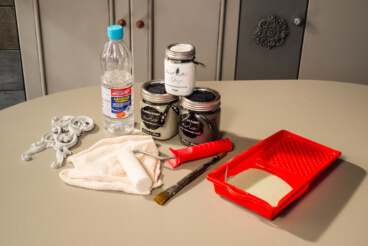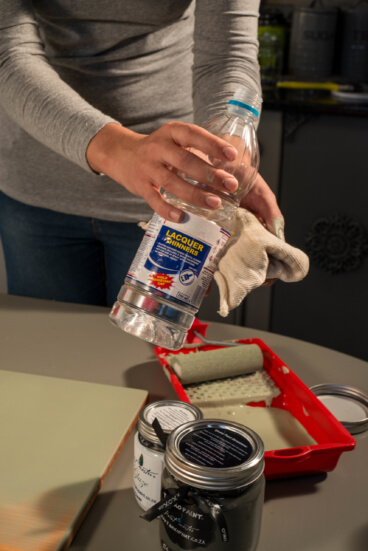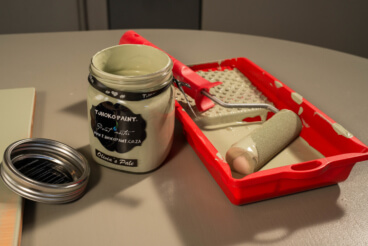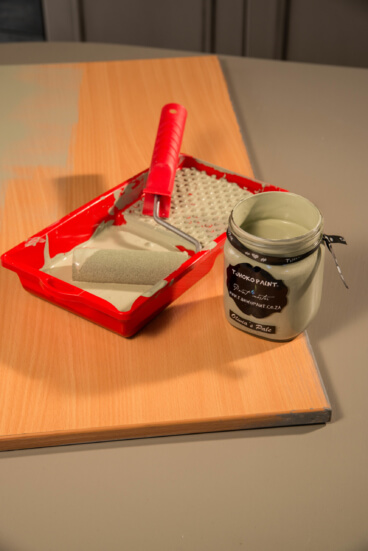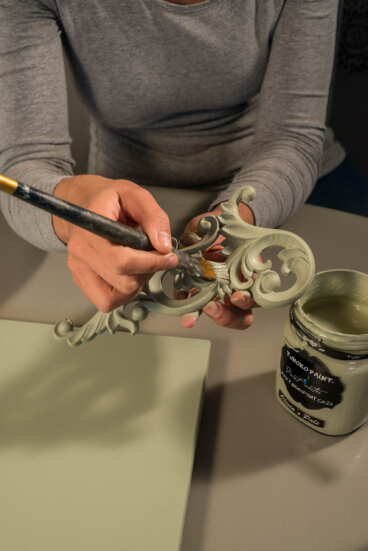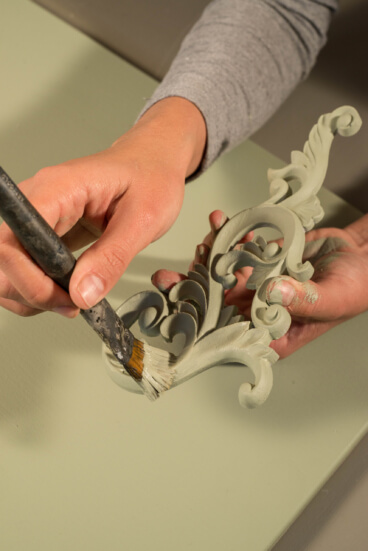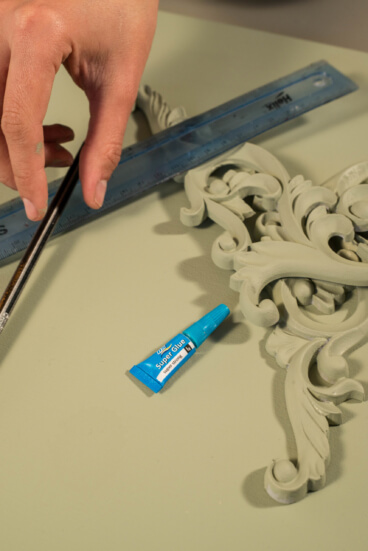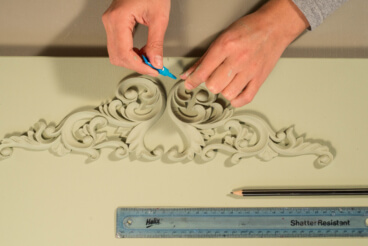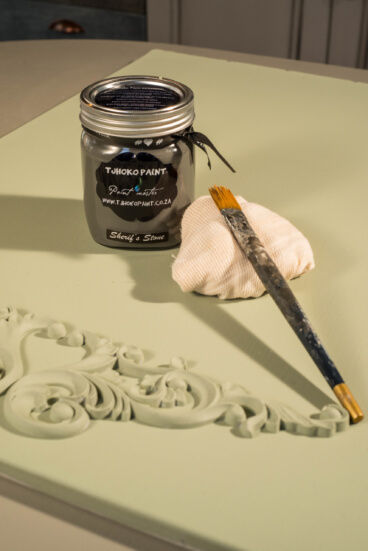Paint your tiles
• Clean the tiles with a rag dipped in paint thinners and allow to dry completely – wait at least 20 minutes.
• Mask off any sections you don’t want to paint.
• Apply the base colour paint with a 160mm sponge roller, making sure the paint is evenly distributed; wait another 20 minutes before applying the second coat.
• Choose a stencil with a suitable design; apply the accent colour(s) over the stencil with a clean sponge roller. Your roller should be fairly dry to prevent the paint from seeping under the stencil.
Tip: Secure the stencil with masking tape but not on newly painted tiles, otherwise the fresh paint may come off when you remove the masking tape.
• Wait about four hours after you’ve painted before sealing the surface with Clear Glaze (dilute 100ml Clear Glaze with 30ml water). Apply evenly with a clean, colourless damp cloth – this will ensure the surface is water-resistant and easy to clean later with a damp cloth.
Tip: Never use ammonia products to clean painted surfaces.
…and your melamine cabinets
• Follow the first three steps as above.
• Now paint the embellishments you wish to apply in the same colour; allow them to dry completely and then position them using a strong adhesive such as Alcolin Super Glue.
• Wait for the glue to dry and apply an accent colour to small sections of the embellishments with an artist’s brush. Using a damp cloth, wipe with circular movements over the painted areas to blend the paint on the embellishment with that of the cupboard door.
• Wait about four hours after you’ve painted before sealing the cupboard.
Did you know?
You can write on Tjhoko Paint with chalk, as was done here on the shelf fronts. The drawer fronts were decorated with Stencil of Paris for added texture.


